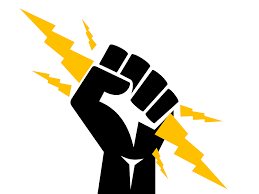Some voices in the tech industry are attempting to settle the debate between whether African startups and investors ought to be catering to the needs and wishes of the affluent—the region's one per cent, if you will—or those at the “base of the pyramid”; that is, the millions of African people who currently earn too little to be active players in any formal economy. Certain university studies point to the latter while established industry leaders are suggesting the opposite.
Mohammed Dewji, president and CEO of Tanzania-based MeTL Group, recently remarked that “the rise of bottom-of-the-pyramid African consumers and companies profitably serving them is one of several key trends driving large-scale private sector growth on the continent.” A related source notes that iROKO Partners, parent company of the popular subscription-video-on-demand platform iROKOtv headquartered in Lagos, has pivoted to target lower income consumers at the base of the pyramid, presumably having come to the same realization. Given the successes of these companies despite going against what the data would seem to recommend, it’s clear the answers aren’t so straightforward to discern.
So, what’s one to do when university studies tell us to focus on one end of the spectrum while businesses on the ground indicate the opposite? Ultimately only time can tell. But for now our bets are on, well…both. Rich or poor, there are certain goods and services we think everyone should be able to afford, and consistent access to energy is one of them. In taking what amounts to a “top-down” approach—insofar as we begin, by necessity, at the top and work our way to the base—we're letting the technology set the pace.
After all, the bottom of the African pyramid has 71% of the continent’s aggregate purchasing power, and in countries like Nigeria roughly half the population live at the base, so it’s really only common sense that drives our aim to provide the solutions to this population’s most urgent needs. No matter how you slice it, there’s ample room for everyone to serve and be served.

